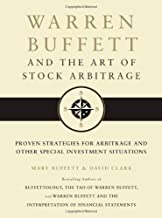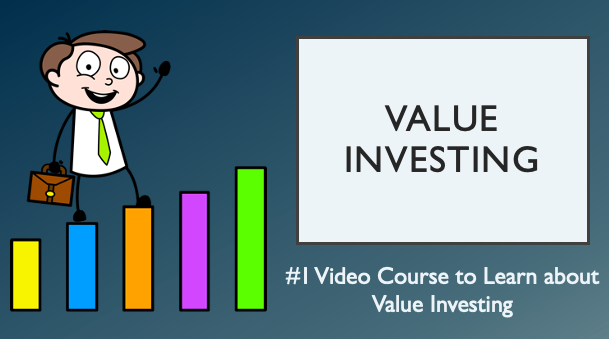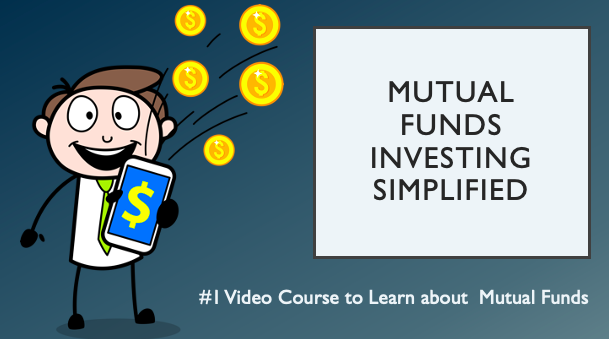Book Summary of Warren Buffet and the Art of Stock Arbitrage
by Mary Buffett and David Clark

What is the book about?
"Warren Buffett and the Art of Stock Arbitrage" by Mary Buffett and David Clark delves into the investment strategies that Warren Buffett has used to achieve outstanding returns through stock arbitrage and other special situations. The book provides a detailed examination of how Buffett identifies, evaluates, and capitalizes on arbitrage opportunities. It covers a wide range of topics including mergers, acquisitions, liquidations, spin-offs, and more, explaining the mathematical equations and intellectual approaches Buffett uses to minimize risk and maximize returns.
Who should read the book?
This book is particularly valuable for individual investors, financial analysts, and anyone interested in understanding the specific techniques that Warren Buffett uses for arbitrage and special situations investing. It is suitable for those with a basic understanding of investing who want to deepen their knowledge in more advanced and nuanced areas of finance, particularly stock arbitrage.
10 Big Ideas from the Book
-
Arbitrage Opportunities: Buffett seeks out arbitrage opportunities where the current stock price is less than the price offered in a future deal, allowing for low-risk profits.
-
Risk Management: Buffett focuses on deals with a high probability of completion to minimize risk, preferring certainty over potential high returns from uncertain deals.
-
Leverage in Arbitrage: He effectively uses leverage in arbitrage deals to amplify returns when he is confident about the outcome of the investment.
-
Mergers and Acquisitions: Friendly mergers are preferred because they present lower risk and higher certainty of completion.
-
Time Arbitrage: Buffett takes advantage of the time difference between the current stock price and the future buyout price, which can create a profitable spread.
-
Corporate Spin-offs: These provide opportunities to buy undervalued segments of companies before the market fully realizes their value.
-
Liquidations: Companies undergoing liquidation can offer stocks trading below the expected liquidation value, providing another arbitrage opportunity.
-
The Importance of Economic Environment: The economic environment and stability of the financial markets play a crucial role in the success of arbitrage deals.
-
Mathematical Formulas: Buffett uses specific formulas to calculate the expected return on arbitrage deals, adjusting for risk and probability.
-
Patience and Discipline: Success in arbitrage requires patience, discipline, and careful analysis rather than chasing speculative profits.
Summary of "Warren Buffett and the Art of Stock Arbitrage"
"Warren Buffett and the Art of Stock Arbitrage" by Mary Buffett and David Clark offers an in-depth look at how Warren Buffett, one of the world’s most successful investors, employs arbitrage and special situations in his investment strategy. The book breaks down these techniques into understandable segments, focusing on how individual investors can apply Buffett's methods to achieve above-average returns with lower risk.
Overview
The book begins by explaining the concept of arbitrage—a strategy where an investor seeks to profit from price discrepancies in the market. Buffett's approach to arbitrage, as detailed in the book, is rooted in his ability to identify deals that offer a high probability of success and a low risk of loss. The book further explores various types of arbitrage situations, such as mergers and acquisitions, liquidations, spin-offs, and reorganizations, illustrating how Buffett applies these strategies in different market conditions.
Key Insights and Strategies
-
Arbitrage Basics:
- Definition: Arbitrage is the simultaneous purchase and sale of an asset to profit from a difference in the price. It exploits inefficiencies in the market, which tend to be fleeting.
- Example: Buying a stock at a lower price on one exchange and selling it at a higher price on another.
-
Types of Arbitrage Discussed:
- Merger Arbitrage: Profiting from the difference between the market price of a target company's stock and the price offered by an acquirer.
- Liquidation Arbitrage: Buying shares of a company undergoing liquidation at a price below the expected liquidation value.
- Spin-offs: Investing in a subsidiary or division of a company that is being separated into a new, independent company, often underappreciated by the market.
- Reorganizations: Involves companies undergoing restructuring, offering investment opportunities in situations like bankruptcy reorganizations or recapitalizations.
-
Warren Buffett’s Arbitrage Philosophy:
- Risk Aversion: Buffett prefers deals where the risk is minimized and the outcome is almost certain. This allows him to take large positions and use leverage effectively.
- Certainty Over Speculation: Buffett avoids speculative arbitrage where the outcome is uncertain or dependent on rumors. He only engages in arbitrage after the public announcement of a deal.
- Time Arbitrage: He capitalizes on the time difference between the current stock price and the future buyout price, which creates a profitable spread when the deal is certain.
-
Leverage in Arbitrage:
- Leveraged Returns: Buffett uses borrowed money to finance arbitrage positions when the risk of the deal is low. This amplifies his returns while maintaining a high degree of safety.
- Margin Accounts: The book explains how Buffett uses margin accounts to borrow money against his existing investments, enabling him to increase his investment capacity without selling assets.
-
Mathematical Equations and Risk Assessment:
- Projected Rate of Return (PRR): This gives a basic return percentage, calculated by dividing the expected profit by the initial investment.
- Adjusted Projected Rate of Return (APRR): This adjusts the PRR by the likelihood of the deal's success, offering a more realistic expectation of returns.
- Risk-Adjusted Projected Rate of Return (RAPRR): This further adjusts the APRR by accounting for the potential loss if the deal falls apart, providing a comprehensive measure of potential return considering both risk and reward.
-
Key Metrics and Ratios:
- Annual Rate of Return (ARR): The return on an investment projected over a year. It adjusts the PRR for the time period involved, making it possible to compare investments of different durations on an equal footing.
- Leverage Ratio: The amount of borrowed money used in an investment relative to the equity in the investment. Buffett might use a leverage ratio of up to 2:1, which means borrowing an amount equal to his equity.
- Probability of Completion: A subjective metric used by Buffett to assess the likelihood that a deal will close as expected. This influences his decision on the size of the investment and the amount of leverage used.
Key Ratios and Their Significance
-
Projected Rate of Return (PRR):
- Significance: PRR gives a straightforward view of potential profitability without considering time or risk factors.
-
Adjusted Projected Rate of Return (APRR):
- Significance: APRR accounts for the likelihood that the deal will complete successfully, offering a more realistic estimate of returns.
-
Risk-Adjusted Projected Rate of Return (RAPRR):
- Significance: This ratio adjusts returns for potential losses if the deal fails, giving a conservative estimate of the expected return.
-
Annual Rate of Return (ARR):
- Significance: ARR standardizes returns across different time frames, making it easier to compare investments with different durations.
Conclusion
"Warren Buffett and the Art of Stock Arbitrage" provides a comprehensive guide to Buffett’s strategies in arbitrage and special situations, demonstrating how careful analysis, patience, and a focus on certainty can lead to exceptional returns. The book emphasizes the importance of understanding the underlying business, using leverage judiciously, and focusing on deals with a high probability of success. It’s a valuable resource for investors looking to deepen their understanding of advanced investment strategies and apply these techniques in their own portfolios.
Which other books are used as reference?
The book references other works by the authors, Mary Buffett and David Clark, which further explore Warren Buffett’s investment strategies. These include:
- Buffettology
- Buffettology Workbook
- The New Buffettology
- The Tao of Warren Buffett
- Warren Buffett and the Interpretation of Financial Statements
- Warren Buffett’s Management Secrets
Additionally, the book is dedicated to Benjamin Graham, whose teachings on investment, particularly in arbitrage, significantly influenced Buffett.
Browse Summaries of Top Investing books!
You may also like the below Video Courses



